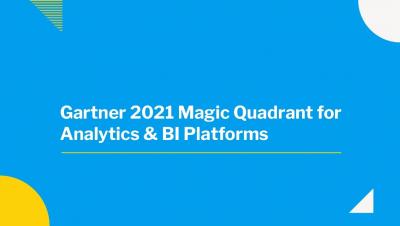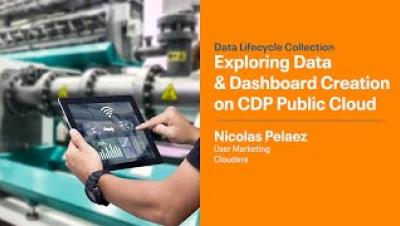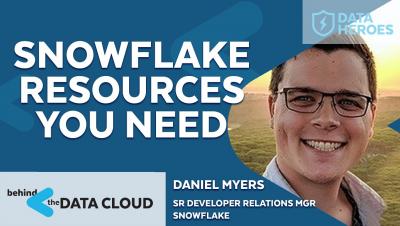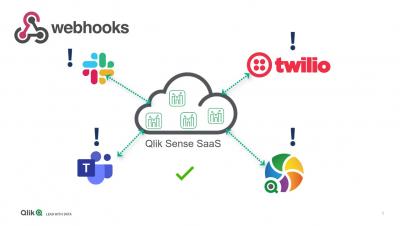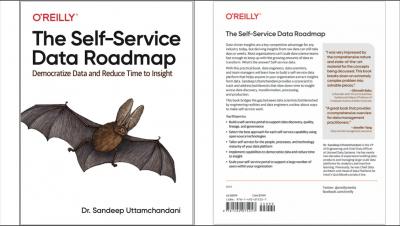Systems | Development | Analytics | API | Testing
BI
Exploring Data & Dashboard Creation on CDP Public Cloud
How to use Snowflake Guides & Labs | Behind The Data Cloud
ETL vs ELT Evolutions
Filter more pay less with the latest Cloudera Data Warehouse runtime!
One of the most effective ways to improve performance and minimize cost in database systems today is by avoiding unnecessary work, such as data reads from the storage layer (e.g., disks, remote storage), transfers over the network, or even data materialization during query execution. Since its early days, Apache Hive improves distributed query execution by pushing down column filter predicates to storage handlers like HBase or columnar data format readers such as Apache ORC.
Qlik Sense SaaS in 60 - Webhooks
Prepare Your Data - The Self-Service Data Roadmap, Session 2 of 4
CDP Endpoint Gateway provides Secure Access to CDP Public Cloud Services running in private networks
Cloudera Data Platform (CDP) Public Cloud allows users to deploy analytic workloads into their cloud accounts. These workloads cover the entire data lifecycle and are managed from a central multi-cloud Cloudera Control Plane. CDP provides the flexibility to deploy these resources into public or private subnets. Nearly unanimously, we’ve seen customers deploy their workloads to private subnets.
Why DataOps is Critical for Your Business
Data is often compared to oil – it powers today’s organizations, just like the fossil fuel powered companies of the past. Just like oil, the data that companies collect needs to be refined, structured, and easily analyzed in order for it to really provide value in the form of gaining actionable insights. Every organization today is in the process of harnessing the power of their data using advanced analytics, which is likely running on a modern data stack.
Analyzing Python package downloads in BigQuery
The Google Cloud Public Datasets program recently published the Python Package Index (PyPI) dataset into the marketplace. PyPI is the standard repository for Python packages. If you’ve written code in Python before, you’ve probably downloaded packages from PyPI using pip or pipenv. This dataset provides statistics for all package downloads, along with metadata for each distribution. You can learn more about the underlying data and table schemas here.


